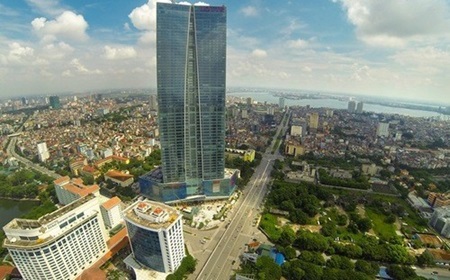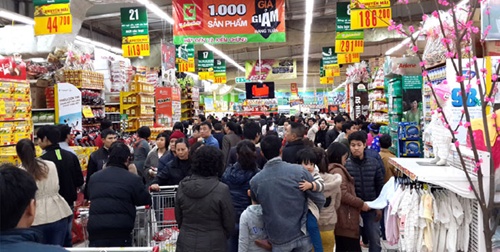ADB projects higher growth, rising debt
ADB projects higher growth, rising debt
The Asian Development Bank expects Viet Nam's economy to strengthen over the next two years, forecasting growth of 6.1 and 6.2 per cent respectively for 2015 and 2016
. 
In the Asian Development Outlook 2014 that the bank launched in Ha Noi yesterday, it projects that for the whole of 2015, inflation will average 2.5 per cent and rise to 4 per cent in 2016 as domestic demand and global oil prices rise.
Speaking at the press conference held to launch the report, ADB Country Director in Viet Nam, Tomoyuki Kimura, said better performances in major industrial economies, particularly the US, Viet Nam's biggest export market – would spur exports although this would be partly offset by slowing growth in China.
Kimura also said that Viet Nam would continue to benefit from lower global oil prices, which would increase disposal incomes and lower business costs.
The report repeats the need for Viet Nam to address a number of structural issues, including outlining a clear strategy to resolve bad debts, accelerating divestment by State-owned enterprises and attracting much-needed investment from the private sector.
It has also called on Viet Nam to support local firms' integration into global value chains, noting that only 36 per cent of Vietnamese firms are integrated into export-oriented production networks, compared with nearly 60 per cent in Malaysia and Thailand.
Only 21 per cent of Vietnamese small-and-medium enterprises participate in global supply chains, the report estimates.
Dominic Mellor, ADB economist for Viet Nam, said the private sector was crucial to unlocking economic growth potential and called for strengthening the public-private dialogue.
The report warns that the Government may struggle to meet its 2015-2016 revenue targets due to reductions in corporate income tax rates and lower oil prices.
From 2010 to 2014, State budget collection fell from 27.6 per cent of GDP to 21.5 per cent.
Accordingly, public debt may rise towards 60 per cent of GDP by the end of 2016, it says.




















